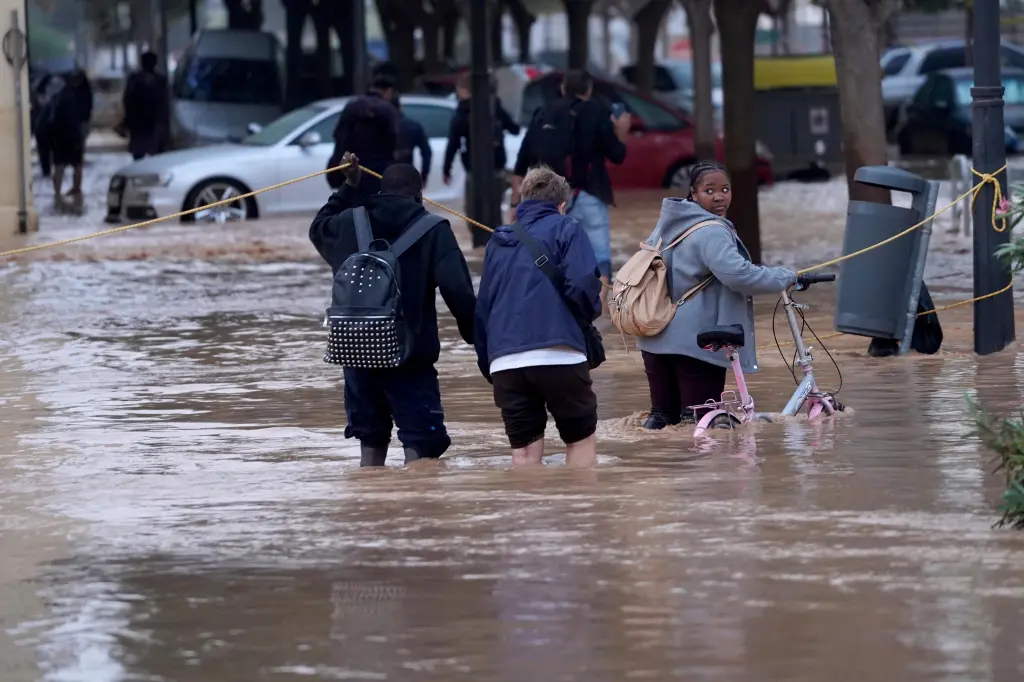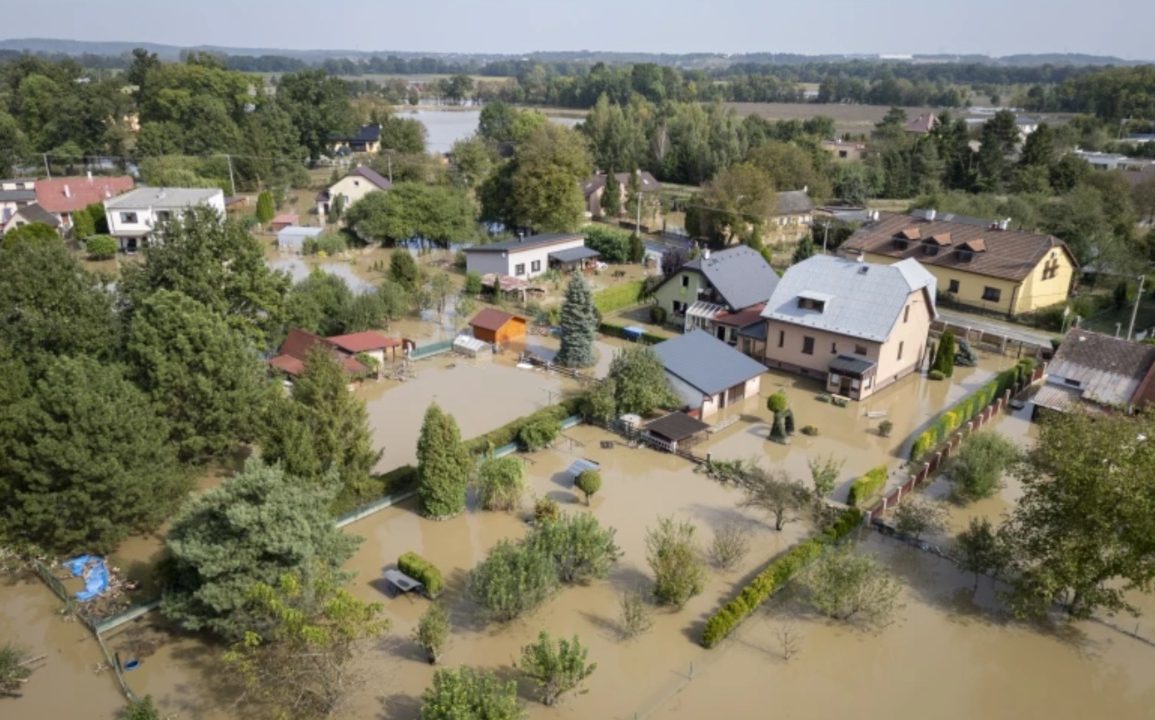This autumn has brought unprecedented extreme weather to Europe, especially in Spain’s Valencia region, where intense rainfall has caused severe flooding and the deaths of at least 95 people. Meanwhile, the United States is experiencing the opposite—a rainless October that has led to flash drought conditions.
Scientists attribute these extreme weather events to two main factors tied to human-induced climate change. First, warmer air holds and eventually releases more moisture, intensifying rainfall. Second, shifts in the jet stream, a fast-flowing air current that influences weather patterns, may be causing more erratic and extreme weather events, including prolonged storms in certain regions.
The specific flooding event in Spain has been linked to a “cut-off low” pressure system, a weather phenomenon that occurs when a low-pressure area becomes detached from the main jet stream. Known in Spain as “DANAs,” these systems have increased in frequency and intensity, pouring relentless rain over affected regions.
In contrast, the U.S. has seen a high-pressure system dominate, blocking rain and keeping skies clear. This divergence illustrates how climate-related shifts in the jet stream can simultaneously cause both extreme rainfall in one region and severe drought in another.
Scientists studying these phenomena note that the jet stream’s increased waviness could be tied to climate change, as warming in the Arctic disrupts the temperature balance that once regulated the jet stream’s flow.

Climate scientist Jennifer Francis has suggested that a warmer Arctic leads to a slower, more wavy jet stream, which is responsible for persistent weather events like the U.S. drought and Europe’s floods. However, while this theory is gaining traction, it has yet to be universally accepted within the scientific community, with some researchers, like ETH Zurich’s Erich Fischer, expressing reservations.
Beyond jet stream effects, fundamental physics plays a role in intensifying storms. According to the Clausius-Clapeyron relation, warmer air can hold more moisture, approximately 7% more for each degree Celsius of warming.
This increase in moisture capacity has made storms considerably wetter, as seen in Spain’s recent downpour, which delivered more than 490 millimeters (19 inches) of rain in a single day, nearly doubling the amount recorded during a similar event in 1957. The high moisture content, combined with warm sea surface temperatures in the Mediterranean, has created conditions for especially intense rainfall this season.
The situation underscores the broader dangers of climate change. Warming temperatures, fossil fuel consumption, and rising greenhouse gases contribute to extreme weather events, with devastating impacts on people and infrastructure.
As Friederike Otto of Imperial College notes, while there are complexities in attributing specific weather events to climate change, it is clear that human actions are making storms more destructive.
With Mediterranean waters warmer than ever and fall temperatures conducive to severe rain, Europe faces a high risk of continued flooding. The clear takeaway: climate change, driven by human activity, is intensifying both drought and deluge, leading to widespread loss and damage.

